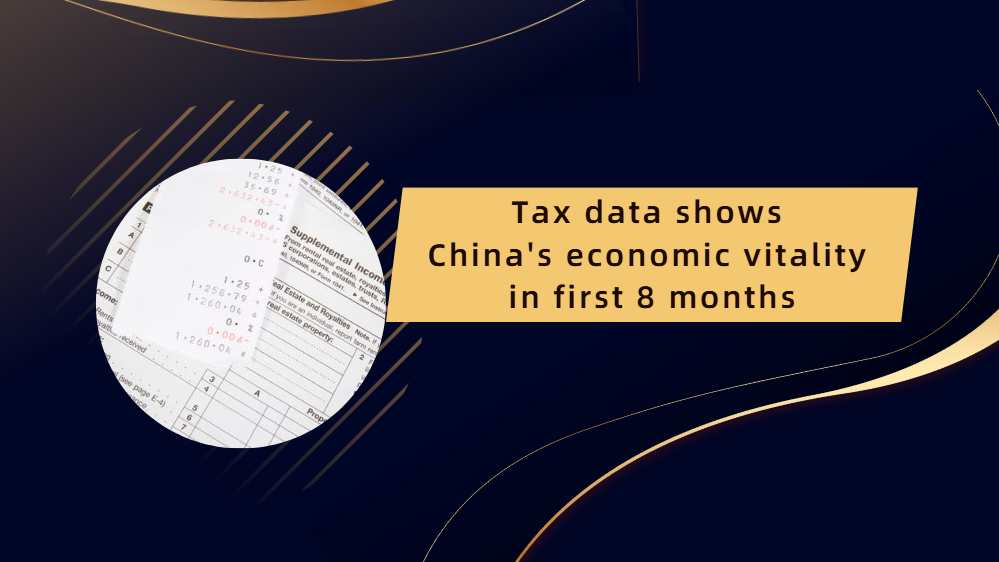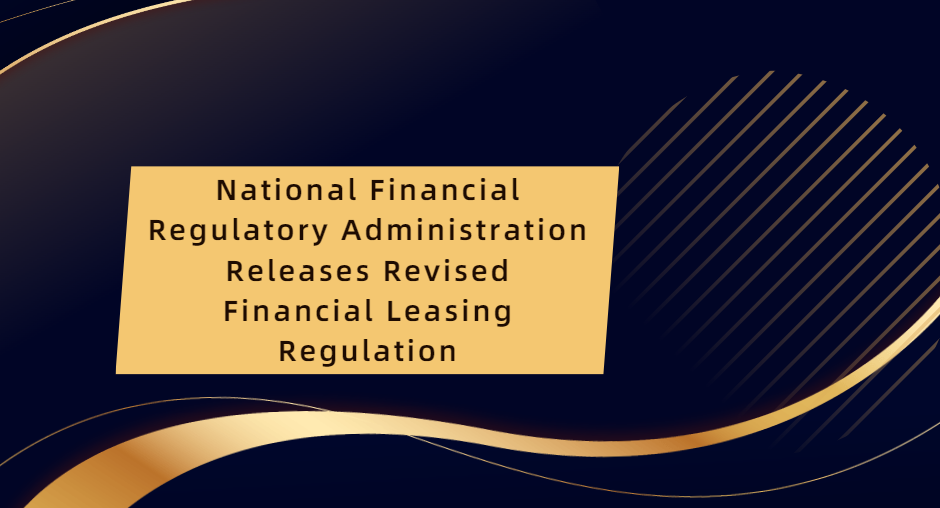China Monetary Policy Report Q2 2024
Economic performance overall was stable with steady progress, sustaining an upward trend. In first half year of 2024 (H1), the GDP grew 5 percent year on year and the CPI rose 0.1 percent year on year. Production increased steadily, demand continued to recover, employment and prices remained generally stable, and new growth drivers grew faster. Following the guidance of Xi Jinping Thought on Socialism with Chinese Characteristics for a New Era, the People's Bank of China (PBOC) resolutely implemented the decisions and arrangements of the CPC Central Committee and the State Council. It pursued a sound monetary policy in a flexible, moderate, precise, and effective manner, and strengthened counter-cyclical adjustments, thereby creating a favorable monetary and financial environment for social and economic development.
First, money and credit maintained reasonable growth. The PBOC used a mix of tools, including required reserve ratio (RRR) cut, open market operations (OMOs), medium-term lending facility (MLF) operations, and central bank lending and discounts, and conducted temporary repo and reverse repo operations to keep liquidity adequate at a reasonable level. It promoted a balanced supply of credit, mobilized the existing low-efficient financial resources, reduced the phenomenon of idle funds within the financial system, and rectified behavior of luring depositors with manual interest subsidies. These efforts improved the quality and efficiency of financial services for the real economy. Second, overall social financing costs remained stable with a downward trend. The PBOC cut the interest rate on central bank lending for rural development, the interest rate on central bank lending for micro and small businesses (MSBs), and the central bank discount rate by 0.25 percentage points, respectively, in January, and cut the 7-day reverse repo rate by 0.1 percentage points in July. It continued to promote the market-based reform of the deposit rate and guided market rates, including the loan prime rate (LPR), to move in a downward direction. Third, the credit structure was improved. The PBOC launched RMB500 billion of central bank lending for sci-tech innovation and technological transformation as well as RMB300 billion of central bank lending for government-subsidized housing. It lowered the threshold for access to inclusive MSB loans and expanded the list of financial institutions eligible for the carbon emission reduction facility (CERF), making good use of existing structural monetary policy tools. It also launched a mix of measures to boost the real estate market, including lowering the minimum down payment ratio for housing mortgages, removing the floor of mortgage rates, and cutting interest rates on personal housing provident fund loans. Fourth, the exchange rate remained basically stable. Upholding the decisive
role of the market in the formation of the exchange rate, the PBOC gave play to the role of the exchange rate in adjusting the macro economy and the balance of payments, maintained exchange rate flexibility, strengthened expectation guidance, and resolutely prevented the risks of exchange rate overshooting. Fifth, risk prevention and resolution were strengthened. The PBOC intensified financial risk monitoring and assessment and appropriately handled risks in key areas and with key institutions. The work of providing financial support to help resolve the debt risks of financing vehicles was promoted in an orderly way, and the development of a financial stability guarantee system was stepped up.
Overall, since the beginning of 2024 the monetary policy stance has been accommodative, providing financial support for a sustained economic recovery. Financial aggregates witnessed reasonable growth. At end-June, outstanding aggregate financing to the real economy (AFRE) and broad money supply (M2) recorded year-on-year growth of 8.1 percent and 6.2 percent, respectively. New loans registered RMB13.3 trillion in H1. The credit structure continued to improve. At end-June, inclusive MSB loans and medium and long-term (MLT) loans to the manufacturing sector grew by 16.5 percent and 18.1 percent year on year, respectively, both outpacing overall loan growth. Financing costs were stable with a slight decline. In June, the weighted average rate on new corporate loans registered 3.63 percent, down 0.32 percentage points year on year. The RMB exchange rate remained stable with an upward trend against a basket of currencies. By end-June, the China Foreign Exchange Trade System (CFETS) RMB Index had risen by 2.7 percent from the end of 2023.
In H1, the external environment was more complex, grim, and uncertain, which had an unfavorable impact. Domestically, insufficient effective demand, the transition to new growth drivers, and the deepening of restructuring also posed challenges. However, it should be noted that the policies launched earlier remain effective, and positive factors are on the rise. China’s development trend, which features stable economic performance and sustained growth in the long run, remains unchanged. Therefore, we should have firm confidence in development. During the next stage, under the guidance of Xi Jinping Thought on Socialism with Chinese Characteristics for a New Era, the PBOC will fully follow the guiding principles of the 20th National Congress of the CPC, the Third Plenary Session of the 20th CPC Central Committee, the Central Economic Work Conference, and the Central Financial Work Conference. It will adhere to the general principle of seeking progress while maintaining stability and apply the new development philosophy fully and faithfully on all fronts. Firmly following the path of financial development with Chinese characteristics, the PBOC will speed up efforts to build China into a financial powerhouse, promote high-quality financial development, and deepen institutional reform in the financial sector. It will also speed up efforts to improve the central banking system and promote transition of the monetary policy framework. In pursuing a sound monetary policy, the PBOC will work to strike a balance between short-term and long-term concerns, between growth stability and risk prevention, and between internal and external equilibria. It will enhance consistency in the macroeconomic policy orientation, strengthen counter-cyclical adjustments, and cement the trend for an upward economic recovery, thereby creating a favorable monetary and financial environment for achieving this year's social and economic development goals.
Sound monetary policies will be flexible, moderate, precise, and effective. Based on a rational understanding of the relationship between the two largest financing markets, namely, the bond market and the credit market, the PBOC will guide reasonable growth and a balanced supply of credit. By doing so, it will keep liquidity adequate at a reasonable level and keep aggregate financing and money supply in step with the projected economic growth and the CPI increase. Maintaining price stability and promoting a moderate price recovery will be important considerations for the implementation of monetary policy. The PBOC will enhance policy coordination to keep prices at a reasonable level. It will improve the market-based interest rate formation and transmission mechanism, give play to the guiding role of the central bank policy rate, and unleash the efficacy of the LPR reform and the mechanism for market-oriented deposit rate adjustments so as to help financial institutions enhance their ability to set prices independently and to keep the costs of business financing and of consumer credit stable with a downward trend. Implementing policies in a targeted, appropriate, and flexible way, the PBOC will work to develop sci-tech finance, green finance, inclusive finance, old-age finance, and digital finance and it will step up efforts to provide high-quality financial services for major strategies, key areas, and weak links. It will smooth the transmission mechanism of monetary policy and diversify the monetary policy toolkit so as to enhance the efficiency of fund utilization. Pursuing a managed floating exchange rate regime based on market supply and demand with reference to a basket of currencies, the PBOC will let the market play a decisive role in the formation of the exchange rate. It will take a holistic approach to policy implementation and stabilize expectations. It will firmly correct pro-cyclical activities so as to prevent market expectations from becoming unanimously one-sided and self-reinforced, and it will firmly prevent risks arising from exchange rate overshooting so as to keep the RMB exchange rate basically stable at an adaptive and equilibrium level. The PBOC will effectively implement the measures for preventing and resolving the risks associated with key fields, such as the real estate sector, local government debts, and small- and medium-sized financial institutions. It will see to it that financial risks will be prevented and resolved alongside making efforts to promote high-quality economic development.






















































First, please LoginComment After ~